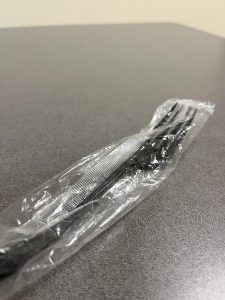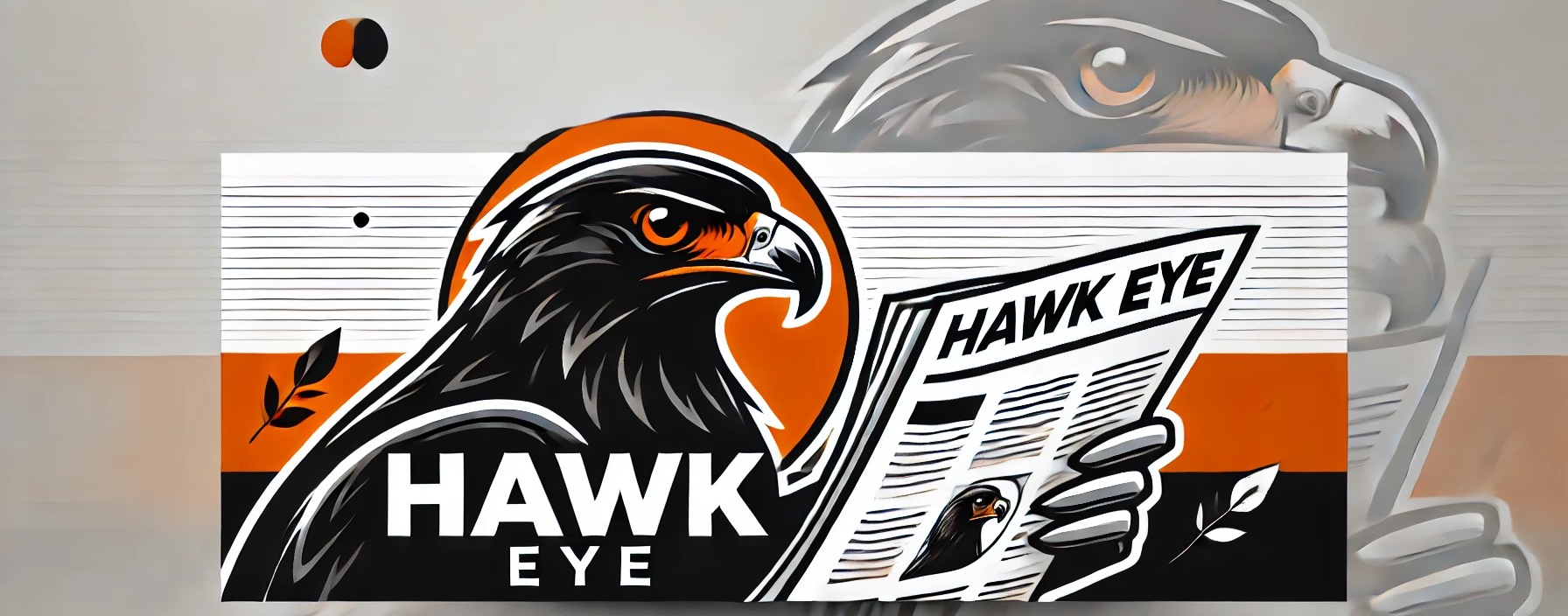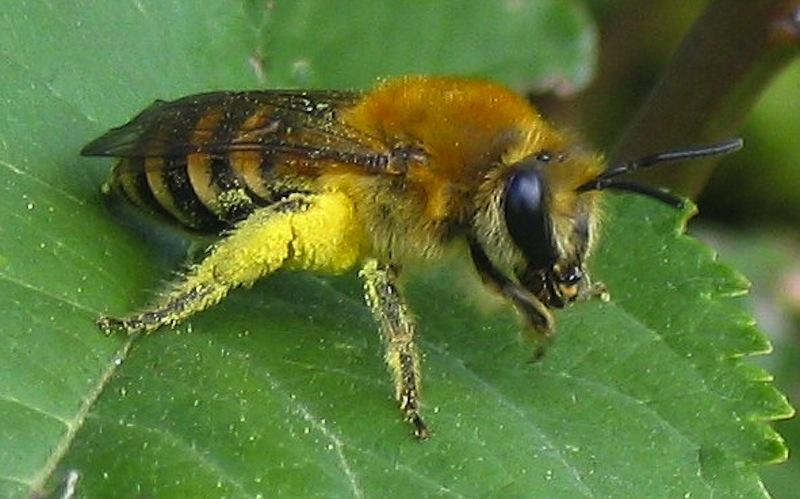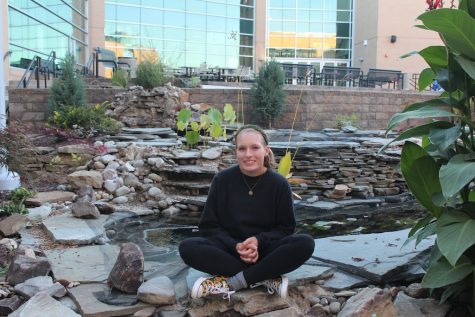World Wednesday: Bees announced as endangered in the US
October 5, 2016
As of Sept. 30, the U.S. Fish and Wildlife Service announced seven species of bees endangered and believe that they will need to add many more to that list in the near future.
Although in the 1900s their bee population was incredibly prominent, Hawaii’s rapid decrease of local bees had their Wildlife Services alarmed. Over 60 yellow-faced bee species disappeared at such an alarming rate, the Wildlife Protection had to step in.
In Hawaii, their native Hylaeus bees have become so minuscule due to habitat loss and climate change along with other disadvantaging factors. Currently, Hylaeus bees have become one of Hawaii’s least productive pollinators.
The importance of the Hylaeus bees is evident in the role that they play in Hawaii’s ecosystem. The bees pollinate different flowers and flowering plants along with keeping their environment stable. The flowering plants that depend on the bees’ pollination will also start decreasing in numbers until they eventually die off due to their lack of pollination from the Hylaeus bees.
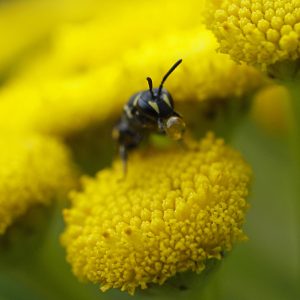
This is a huge factor in Hawaii’s bee situation. Their native and rare plants are just one of the things that make Hawaii so unique and different from other places. Their native flowers have been their main focus point of their culture for years as the vibrant plants play an important role in Hawaii history.
Additionally, if a factor of the food web vanishes from the chain, the entire ecosystem is put off balance and it affects the other organisms within the environment. Therefore, other organisms could also become endangered due to the change in the ecosystem’s environment from the extinction of bees.
Therefore, Hawaii’s state government and a nonprofit organization called the Xerces stood up against their native bee decline and submitted a petition to protect seven of the Hylaeus bees species. However, their petition was submitted in 2010 and the publication and issued date of this “new” endangered species did not become public until Sept. 30, 2016.
After intense studying of these unique species of bees, an entomologist, Jason Graham, found ways to increase the Hylaeus’ bee population. An entomologist is a person who studies insects and their relationship in their environment.
Graham’s study proved that bees tend to nest in holes in coral rocks that have washed upon the shore line along with nesting in coral stems. However, the Hylaeus bees have to face other invasive species that share the same habitat with them, such as other bees and ants.
Therefore, Graham developed artificial nest boxes that look like coral reefs in order to keep the bees safe and shut out all other insects from the Hylaeus’ safe haven.
Not only do other insects have an effect on the bee’s struggle for survival, but the environment’s weather. In 2015, an intense storm with tremendous 40-foot waves accomplished to totally demolish an entire population of bees living within the rocks on the shoreline.
Hawaii’s focus is set on raising its native bee population and stopping any more species of bees being added to the endangered list. There are organizations currently set up to conserve areas just for the bees in a safe environment where they cannot be disturbed by developing land for agriculture or by the presence of invasive species.



